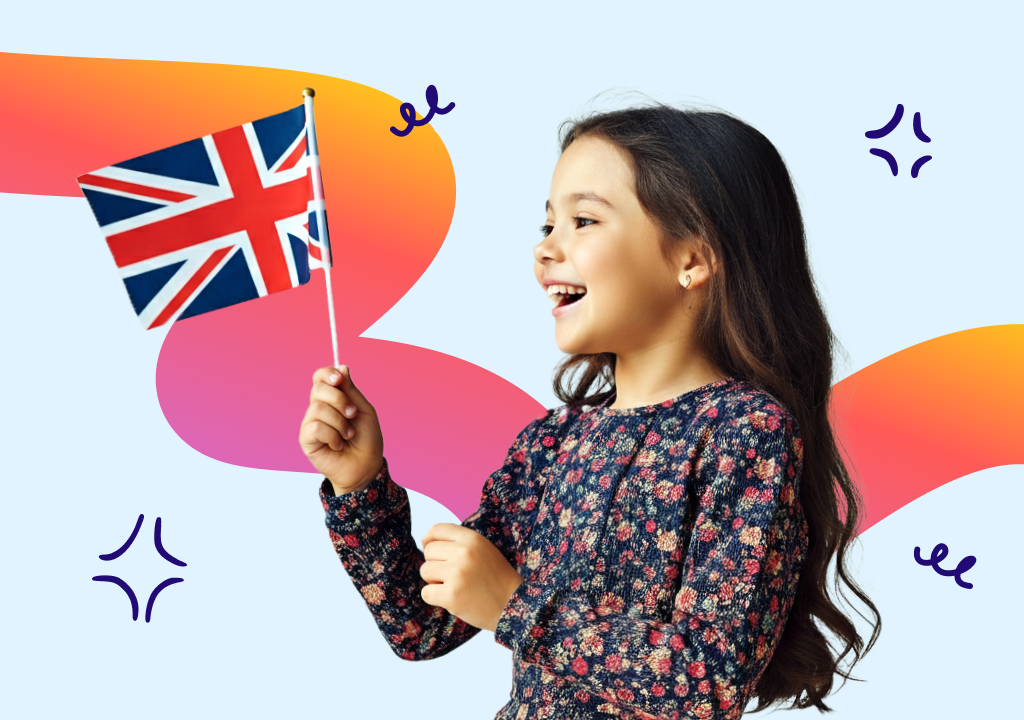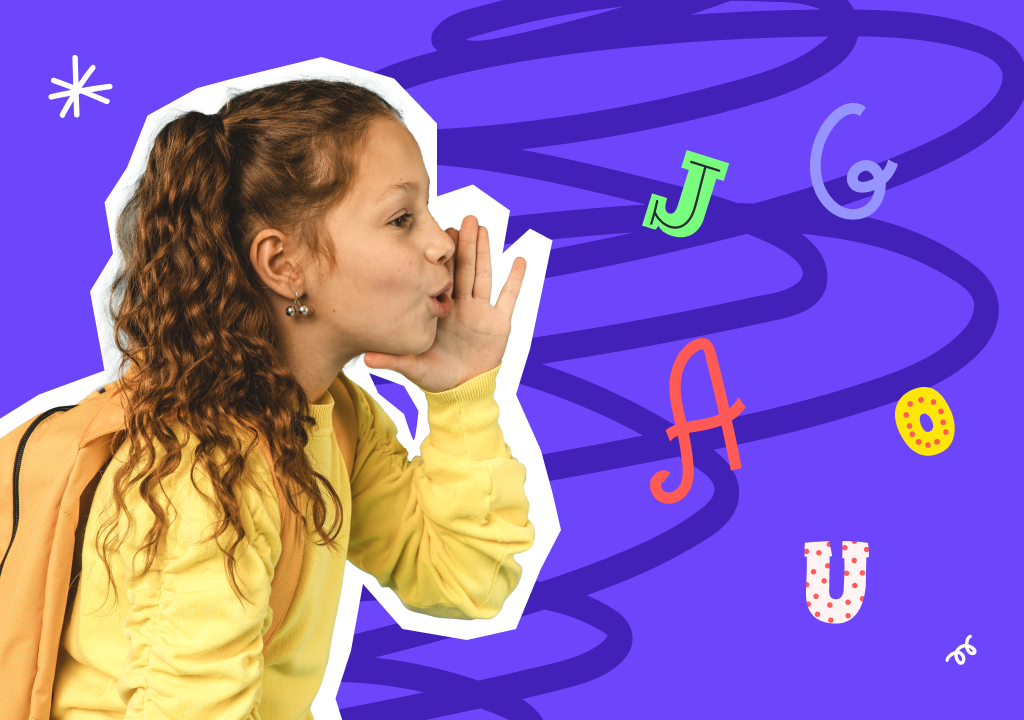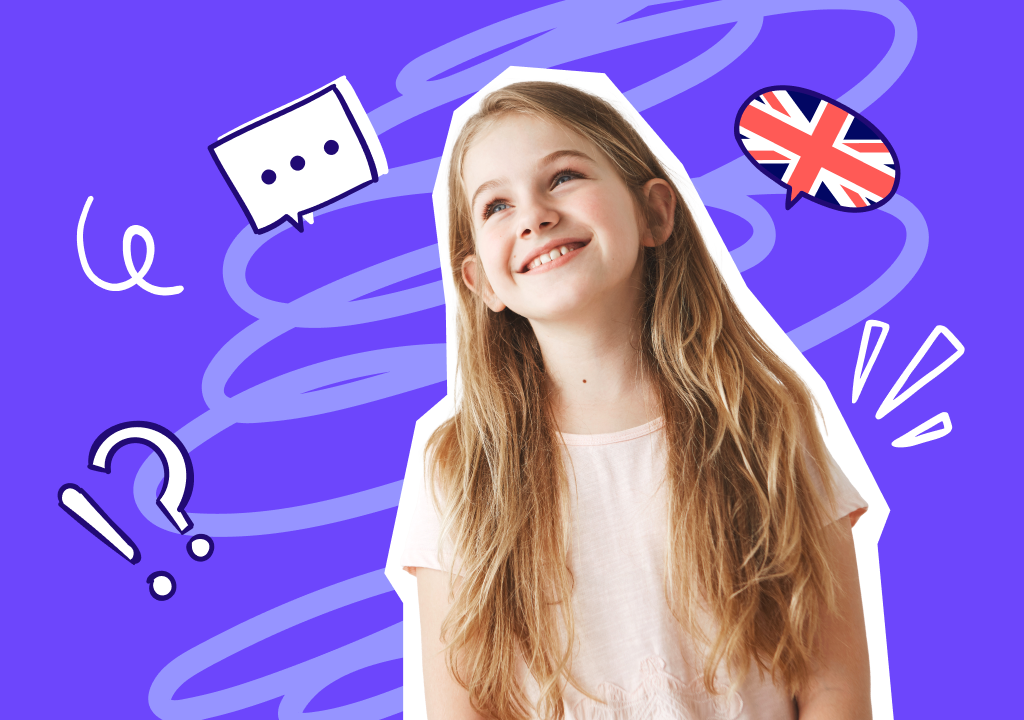Learn how to use the 5 most confusing English verb tenses with easy examples. Improve your grammar and understand tricky tenses like past perfect, future continuous, and more.
Have you ever read a sentence and thought, “Wait… when is this happening?” Don’t worry—you’re not alone! English verb tenses can be tricky, even for grown-ups. Some tenses sound super similar, while others seem to follow strange rules. That’s why so many students get stuck on confusing English verbs or mix things up when telling stories.
There are lots of verb tenses in English. You might wonder, how many verb tenses are there in the English language? The short answer is: more than a few! But don’t panic—in this article, we’re going to focus on the five that confuse people the most.
To help make things easier, we’ll simply explain each tense, with examples and a chart of verb tenses to guide you. We’ll break down the tense of the verb, show you where people usually get confused, and help you remember when to use each one. By the end of this article, you’ll feel way more confident when using even the most confusing tenses.

Confusing English Verbs
Did you know there are 12 main verb tenses in the English language? That’s a lot! Each one helps us talk about time—like things happening now, in the past, or in the future. But some of these tenses can be really confusing, especially when they sound alike or follow different rules.
This section will help you with 5 of the most confusing English verb tenses. You’ll see sentences with confusing tenses and learn how to make them less tricky.
Past Perfect vs. Past Simple
The first confusing verb tense we will talk about is past perfect vs. past simple. These two tenses both talk about the past, which is why they can be super confusing! But they’re used in different ways, and we’ll show you how to tell them apart.
Past Perfect is used when one thing happened before another past action.
Example: She had left before I arrived.
(First she left, then I arrived.)
Past Simple is used for a completed action in the past.
Example: She left an hour ago.
(Just a simple past action—nothing happened before it.)
Tip: Use Past Perfect when telling a story with two actions in the past. It helps your listener know which action came first. That’s why it’s part of the narrative tenses we use when telling stories.
Present Perfect vs. Present Perfect Continuous
Next is the second confusing verb tense: Present Perfect and Present Perfect Continuous. These tenses are confusing for learners because they both connect the past to the present, but in different ways.
Present Perfect is used when something happened at an unspecified time before now. It focuses on the result of the action.
Example: I have lived here for 5 years.
(It means I started living here in the past, but we don’t know exactly when.)
Present Perfect Continuous is used when an action started in the past and is still happening now. It focuses on the activity itself, showing that it’s still going on.
Example: I have been living here for 5 years.
(This shows I started living here in the past and am still living here now.)
Tip: Use Continuous when talking about longer or repeated actions, like something you’ve been doing for a while or are still doing.
Future Perfect vs. Future Continuous
Next up, we have the Future Perfect and Future Continuous, which both talk about future events. They can be confusing because they deal with the future, but they focus on different things.
Future Perfect is used when something will be finished before a future time. It shows that the action will be completed.
Example: I will have finished by Friday.
(This means I will complete the task before Friday.)
Future Continuous is used when something will be happening at a future time. It focuses on actions that will be in progress at a specific point in the future.
Example: I will be working on Friday afternoon.
(This means I will be in the middle of working on Friday afternoon.)
Tip: Think of Future Perfect as “done by then” and Future Continuous as “in progress then.” It’s a helpful way to remember the difference!
Past Continuous vs. Past Perfect Continuous
Now let’s look at the Past Continuous and Past Perfect Continuous tenses. These tenses are often mixed up, especially when telling stories—another situation involving narrative tenses.
Past Continuous is used when something was happening at a specific time in the past. It focuses on an action in progress.
Example: I was studying when she called.
(This means I was in the middle of studying when she called.)
Past Perfect Continuous is used to show that something was happening before another past event. It focuses on an action that went on for a while before something else happened.
Example: I had been studying before she arrived.
(This means I started studying earlier and continued until she arrived.)
Tip: Use Past Perfect Continuous to show a longer action that happened before something else in the past. It helps make the timing of events clearer!
Present Simple vs. Present Continuous
Finally, let’s talk about the Present Simple and Present Continuous tenses. These are often one of the first tense pairs that learners get confused about. They’re used in different situations, so it’s important to understand when to use each one.
Present Simple is used for habits or facts—things that happen regularly or are always true.
Example: He works every day.
(This means it’s a regular habit for him to work each day.)
Present Continuous is used for actions happening right now—things that are happening at the moment of speaking.
Example: He is working right now.
(This means he is in the middle of working as we speak.)
Tip: Ask yourself—Is it always true, or just happening now? If it’s something that happens regularly, use Present Simple. If it’s happening right now, use Present Continuous!
Does this help make the confusing English tenses a little easier to understand? By now, you should have a better grasp of how to use verb tenses like Past Perfect, Present Continuous, and others more confidently. With a bit of practice, you’ll be able to tell your stories and express yourself more clearly in English!
If you’re ready to keep learning and improve your skills, book a trial lesson with Novakid. You’ll get personalized help to master English verb tenses and so much more!





































